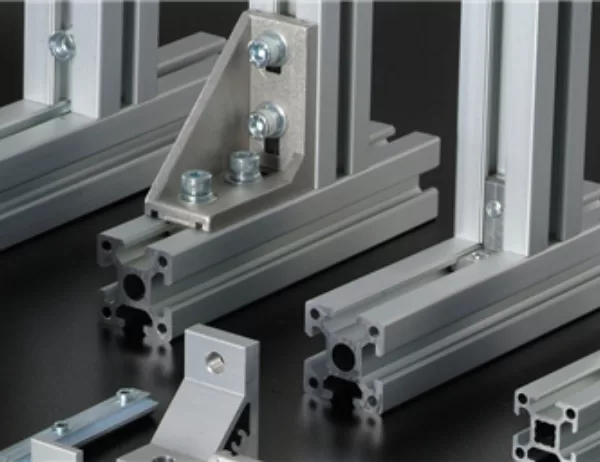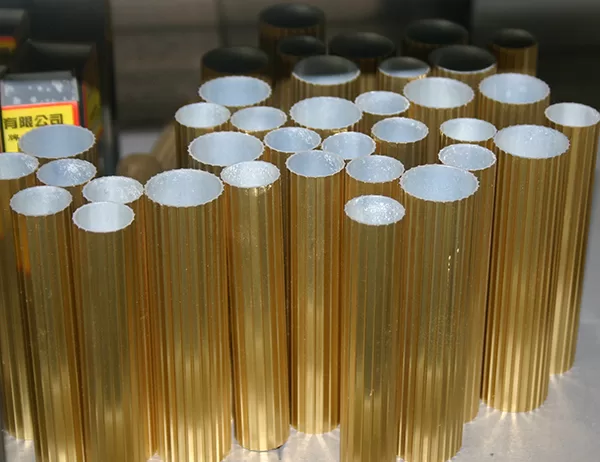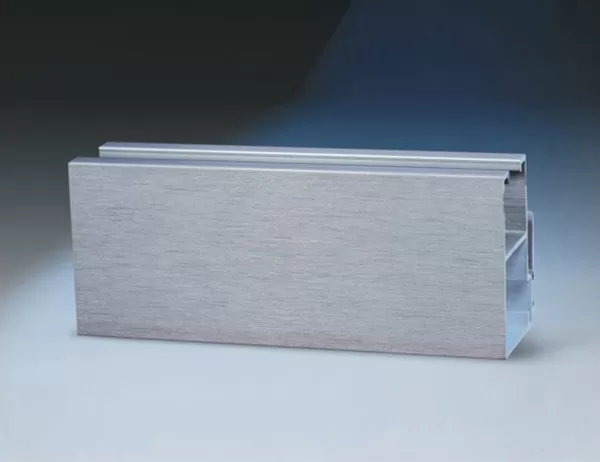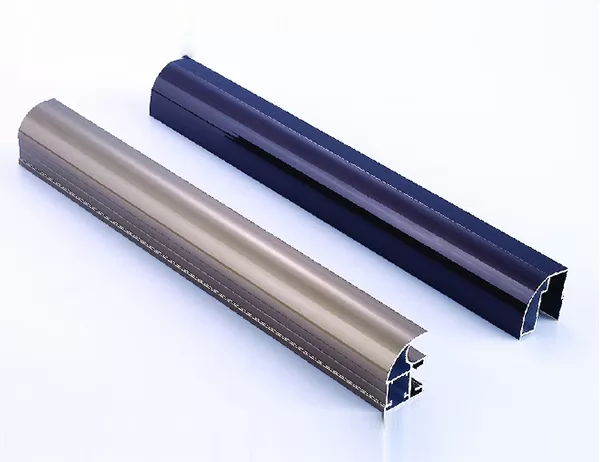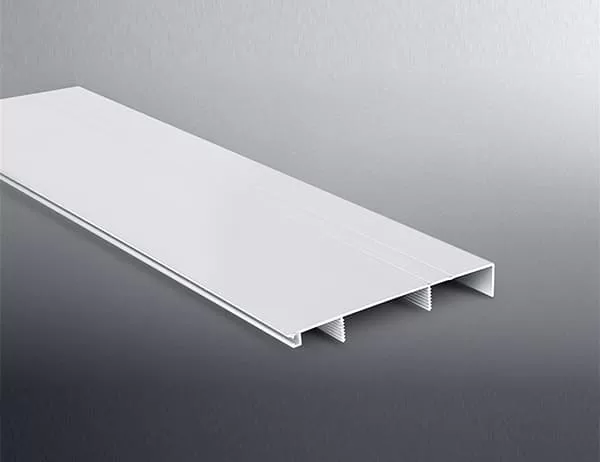Aluminum cabinet profiles have become increasingly popular in recent years due to their durability, versatility, and aesthetic appeal. Advances in technology have driven significant improvements in the design and manufacturing of these profiles, resulting in enhanced performance and expanded applications.
Enhanced Structural Integrity
Advanced extrusion techniques have led to the creation of aluminum profiles with improved structural integrity. These profiles are now designed with thicker walls and reinforced sections, providing greater resistance to bending and deformation. The use of high-strength alloys and heat treatment further enhances their durability, making them suitable for demanding applications such as heavy-duty cabinets and industrial equipment.
Improved Surface Finishes
Anodization and painting technologies have evolved, offering a wider range of surface finishes for aluminum cabinet profiles. Anodized profiles provide a protective oxide layer that resists corrosion, while also allowing for custom colors and textures. Powder coating and liquid painting techniques produce durable and aesthetically pleasing finishes that can match any decor. These advancements ensure that cabinets not only function well but also enhance the overall appearance of the space.
Customizable Profiles
The advent of CNC (computer numerical control) machines has enabled the precise cutting and shaping of aluminum profiles. This allows manufacturers to create custom profiles that cater to specific design requirements. Cabinets can now be tailored to the exact dimensions and configurations needed, regardless of the complexity. Customizable profiles also facilitate the integration of features such as built-in lighting, soft-closing mechanisms, and integrated appliances.
Increased Sustainability
Aluminum is a recyclable material, contributing to the sustainability of aluminum cabinet profiles. Advanced manufacturing techniques minimize waste by optimizing material usage. Additionally, eco-friendly anodization and painting processes reduce the environmental impact of the production process. The durability of aluminum profiles also extends their lifespan, reducing the need for frequent replacements and further promoting sustainability.
Conclusion
Advances in aluminum cabinet profile technology have transformed the industry, yielding significant benefits in terms of structural integrity, surface finishes, customization, and sustainability. These advancements have opened up new possibilities for cabinet design and applications, allowing manufacturers and homeowners alike to create durable, aesthetically pleasing, and environmentally conscious cabinet solutions. As technology continues to evolve, we can expect further innovations in aluminum cabinet profiles, further enhancing their performance and value.
